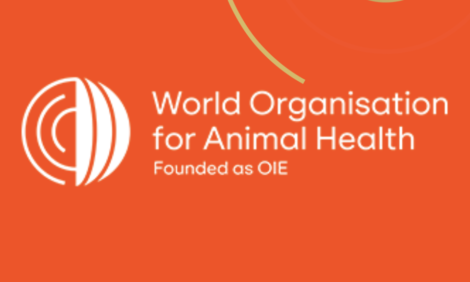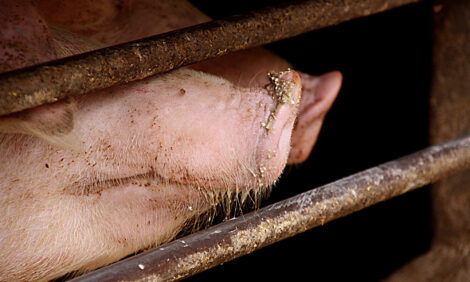



China Pork Reserve Release – ASF South Korea
Jim Long Pork Commentary- U.S. Lean Hog futures took a hit last Friday due to two reported events. One is the third release of China’s pork reserves and the other ASF breaks in South Korea. Our take:
China releasing pork reserves should be positive for the market not a negative. This third release of pork reserves indicates the Chinese government’s attempt to hold their domestic hog and pork prices down. So far, the China domestic hog price has continued to increase despite the release of pork reserves on September 8th, 18th, and now on the 21st, the third batch. No one seems to know how much pork is being released. It would need to be a significant amount to affect a market of 1.4 billion pork-eating people.
| China Hog Price | ||
| RMB/kg | U.S. Dollar Liveweight | |
| April 1 | 12.59 | 90¢ |
| June 1 | 15.81 | $1.07 |
| August 1 | 21.68 | $1.45 |
| September 1 | 22.76 | $1.49 |
| September 16 | 23.72 | $1.53 |
| September 23 | 24.29 | $1.54 |
As you can observe from the above pricing the price of hogs has actually increased with the September release of China’s pork reserves. Last week was the highest price in 2022. There is no doubt in our opinion that China’s massive sow liquidation in the last half of 2021 and the first part of 2022 has cut production. We expect the only way China can limit pork price increases is from increased pork imports. We speculate the Chinese government will prefer pork imports to inflation enhancing rising domestic pork prices.
Doesn’t make any sense to us why U.S. futures would decrease due to the ASF break in South Korea. Any country that so far has had ASF breaks ends up very quickly having higher hog prices, especially in a pork importing country like South Korea. On the South Korean ASF break, we were with South Korean Genesus customers this past week. They expect like prior ASF breaks in South Korea it will be contained quickly and have little effect on Korean pork production or prices.
Last week South Korean market hogs were 5,425 KRW/kg carcass of $1.77 U.S./lb.

Other Observations
- Beyond Meat – Chief Operating Officer got into legal problems when allegedly biting another person’s nose after an Arkansas Razorbacks football game. Beyond Meat (NASDAQ: BYND) stock has fallen from a high of $234 per share to $15.69 last week. In the last year, it has lost 86% of its share value. Also, it appears McDonald’s has stopped its Beyond Meat burger experiment. No doubt because consumers don’t buy their fake burgers. Taste Matters. You sure wonder how investors will look at the Fake Meat industry going forward with billions of dollars lost so far. You wonder what would happen if that money would be put into real meat production for producing innovative products with better taste.
- Last week Danish Crown announced they were cutting hog slaughter in Denmark. Less pigs are available due to sow herd liquidation; the Danish herd is down 6% on the latest data.
- The latest U.S. slaughter weights 279.6 lbs. a year ago 281.9 lbs. Hogs 2.3 lbs. lighter than a year ago. We are learning of some packers aggressively encouraging hogs to slaughter. We have lighter hogs and weekly kills lower than a year ago. Tells us less hogs than a year ago out there. No reason this isn’t price-supportive.
- One of the factors affecting all ag exports including pork is the strength of the U.S. dollar which makes U.S.-produced products less competitive in global markets. The U.S. dollar to Euro was .85 a year ago, and last Friday 1.03. The U.S. dollar index (a bundle of foreign currencies) a year ago was 93, last Friday it closed at 111. A higher U.S. dollar limits pork exports relative to other suppliers and makes pork most costly in buyers’ countries’ currency. The one upside is most countries’ pig (pork) price is high and the EU our major export competition has high hog prices.
- The major swine genetic company in the world is Genus plc (PIC). They are a publicly owned company on the London Stock Exchange (LON: GNS). Their share value was 5,575 pounds a year ago, and last Friday 2,818 pounds. The swine industry has been hit hard over the last year with sow liquidation in China-Europe, USA not much better. Whether hog producers, packers, feed companies, or genetic suppliers, the effect of a contracting global industry due to continued financial losses affects all. The hog cycle is alive and well, we expect lower global hog supply will lead to even stronger hog prices. The cliché a high tide raises all boats comes to mind.







